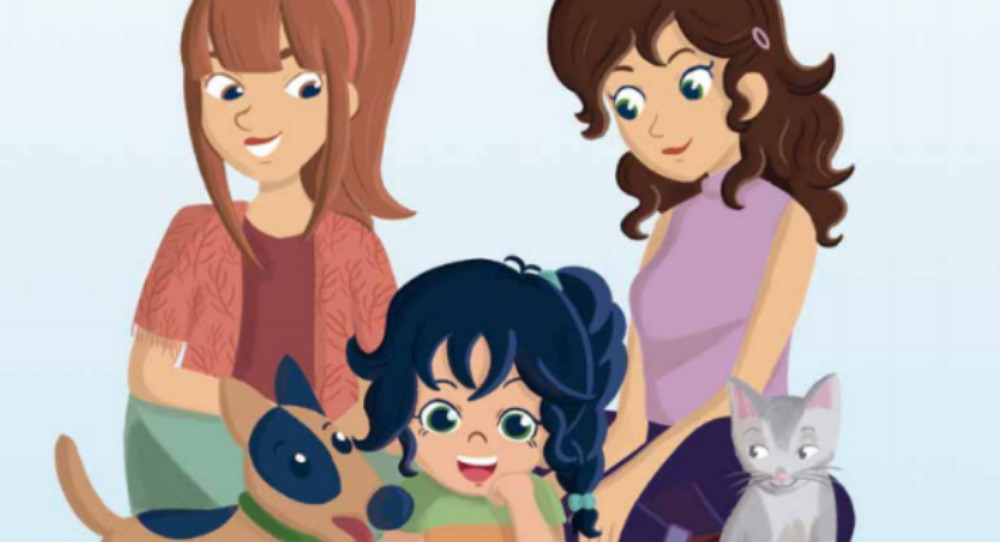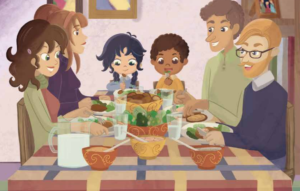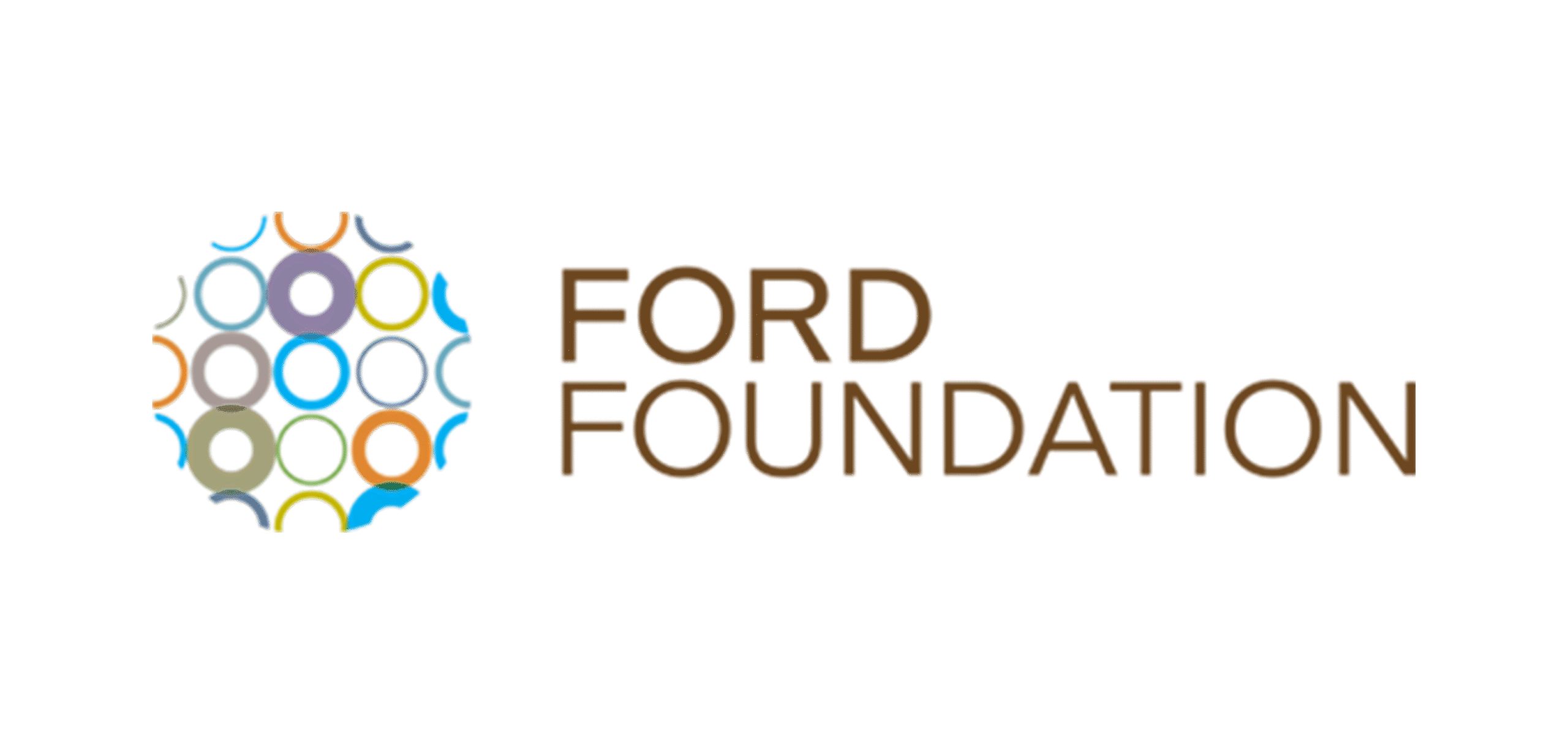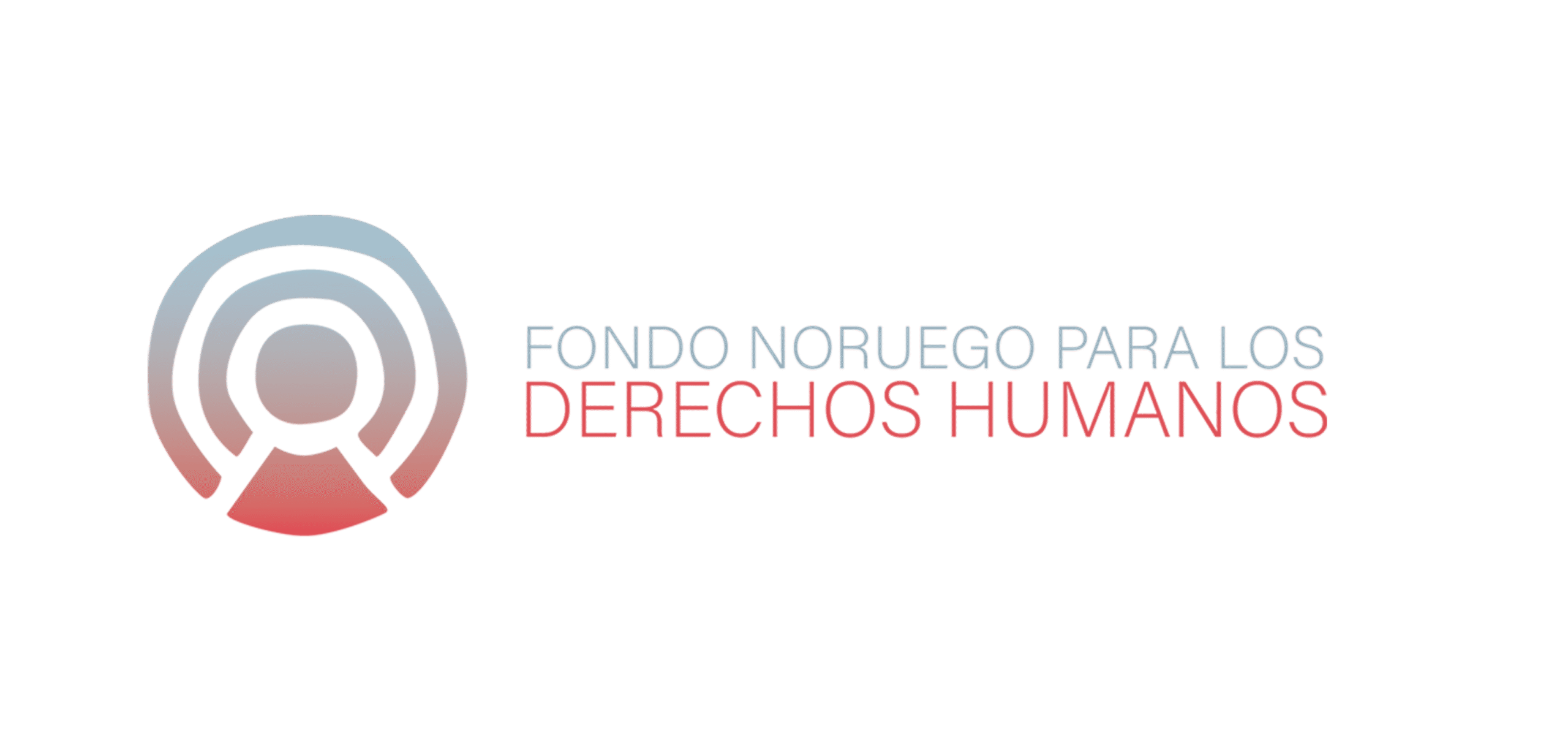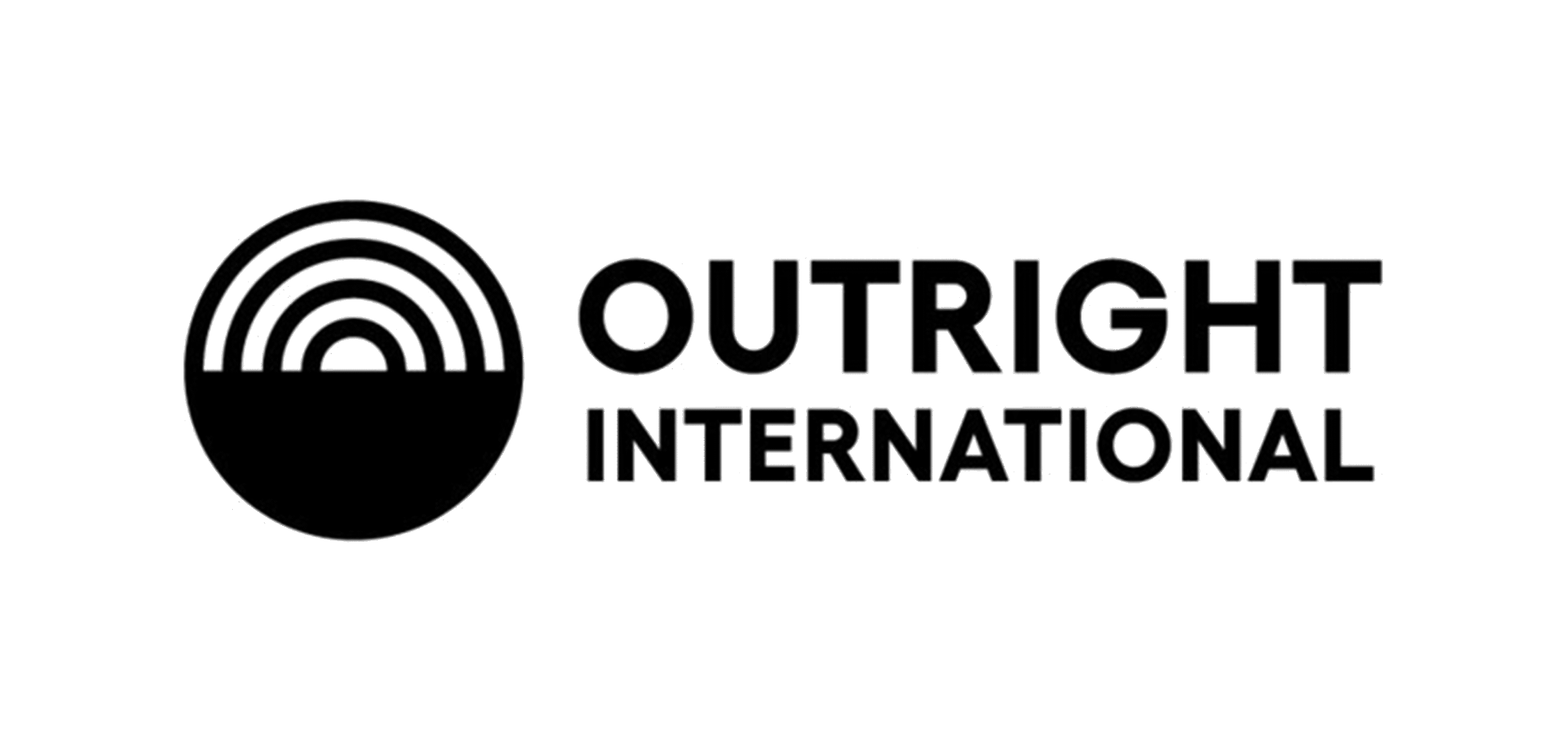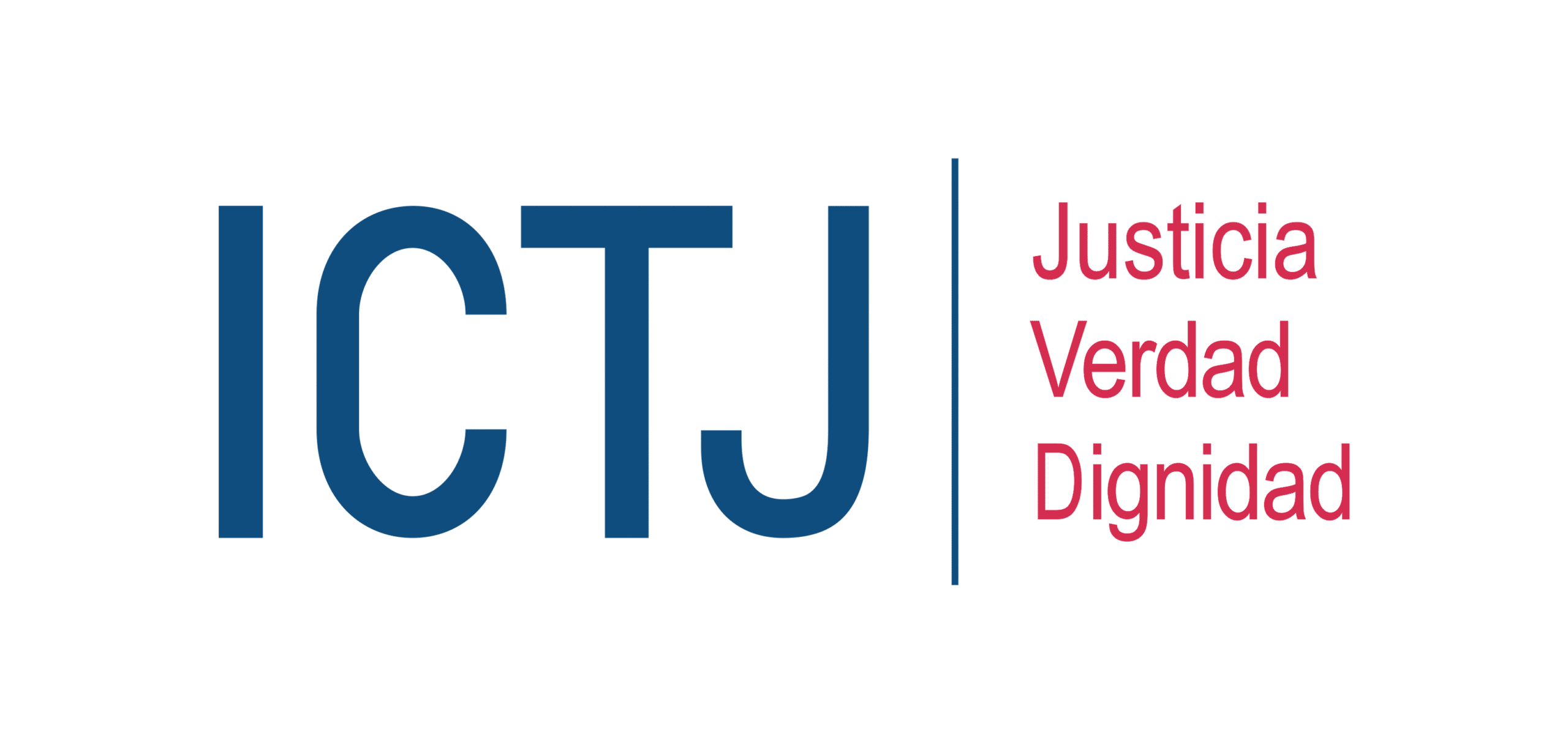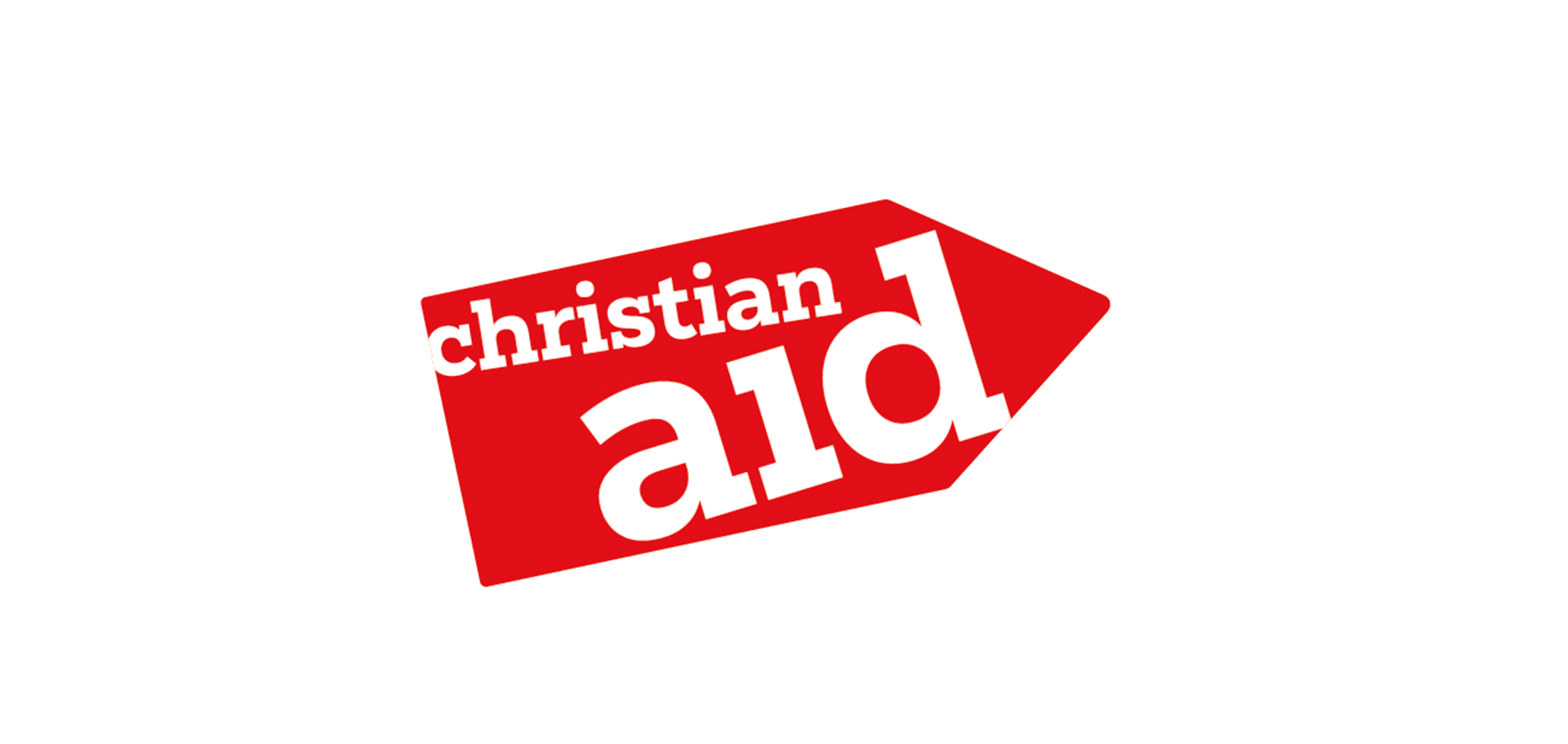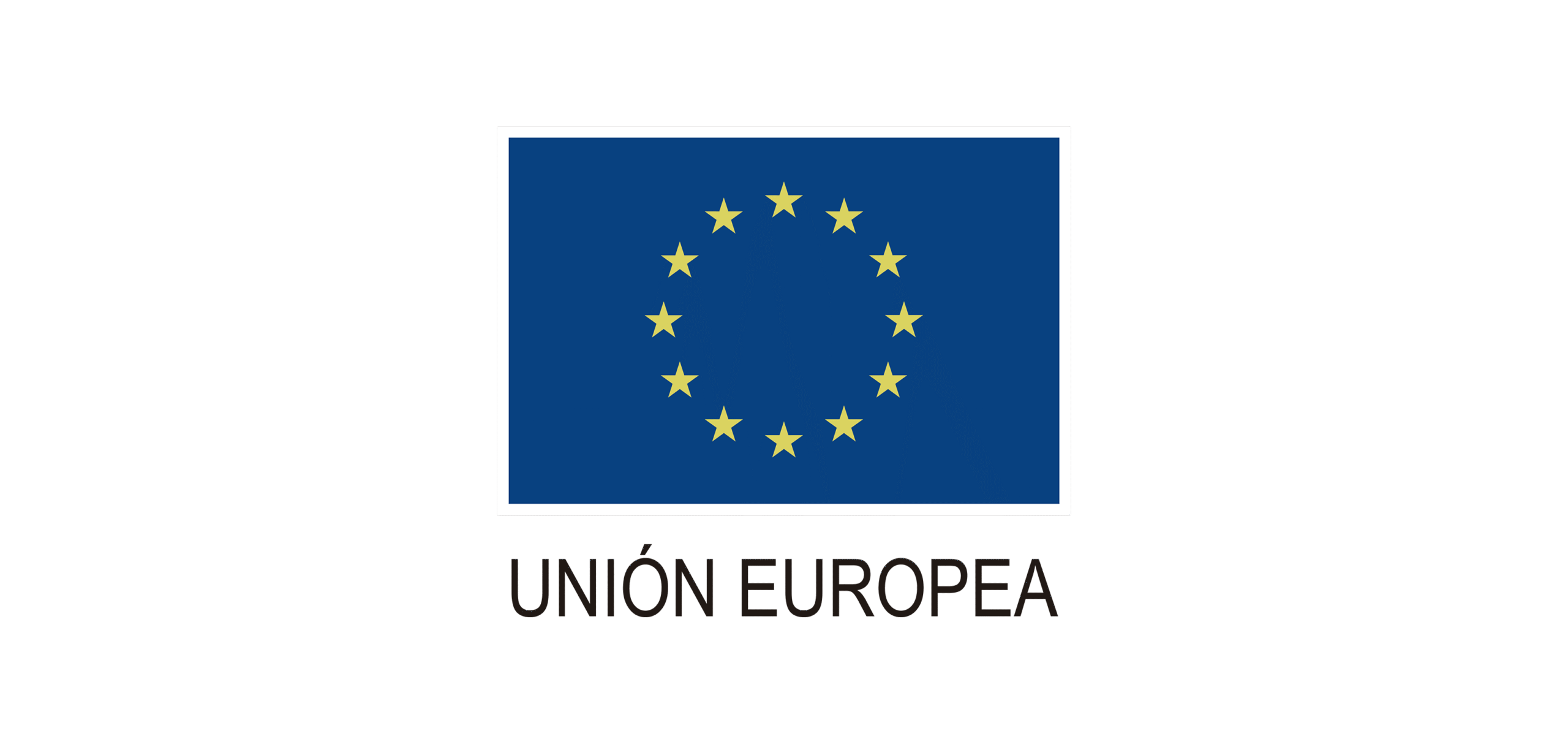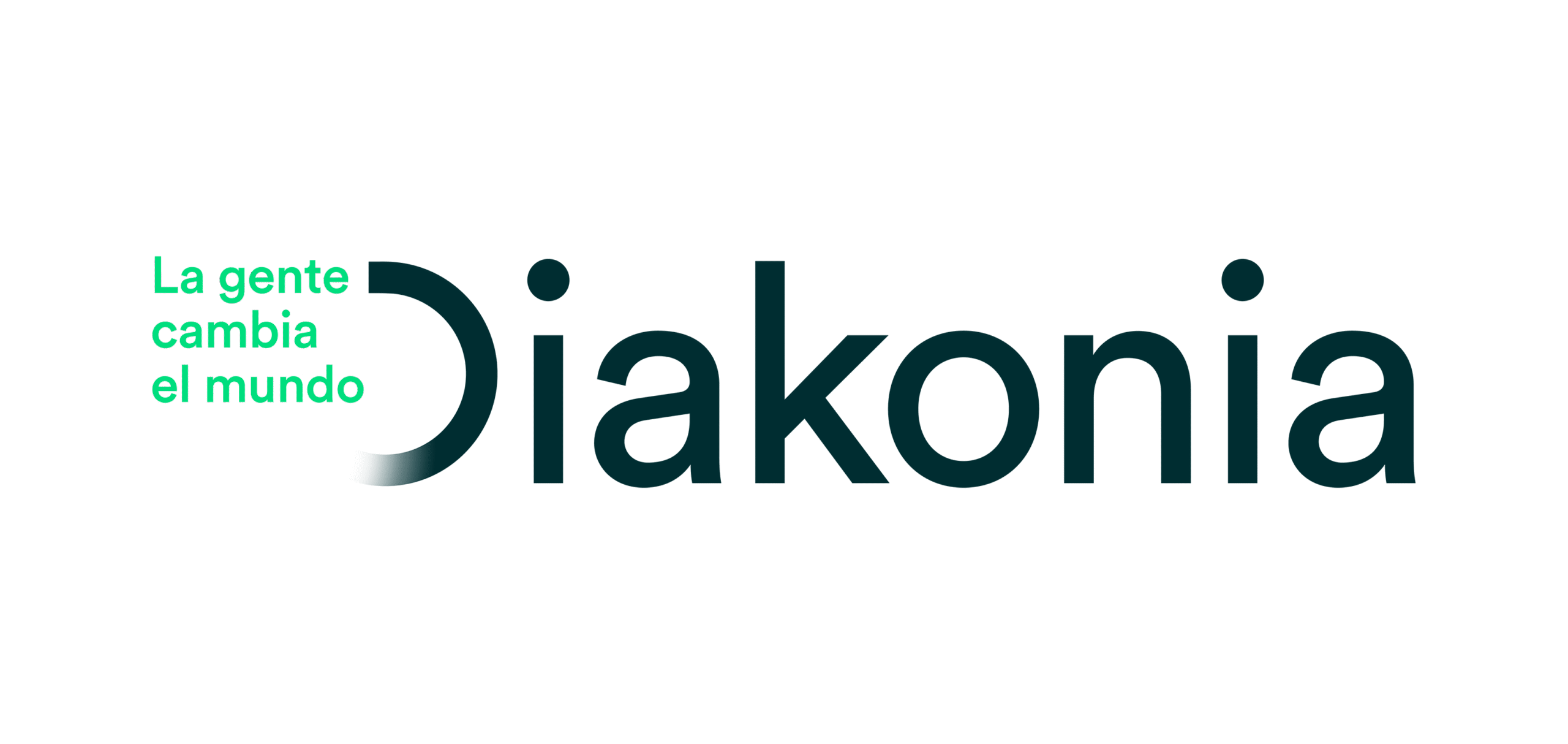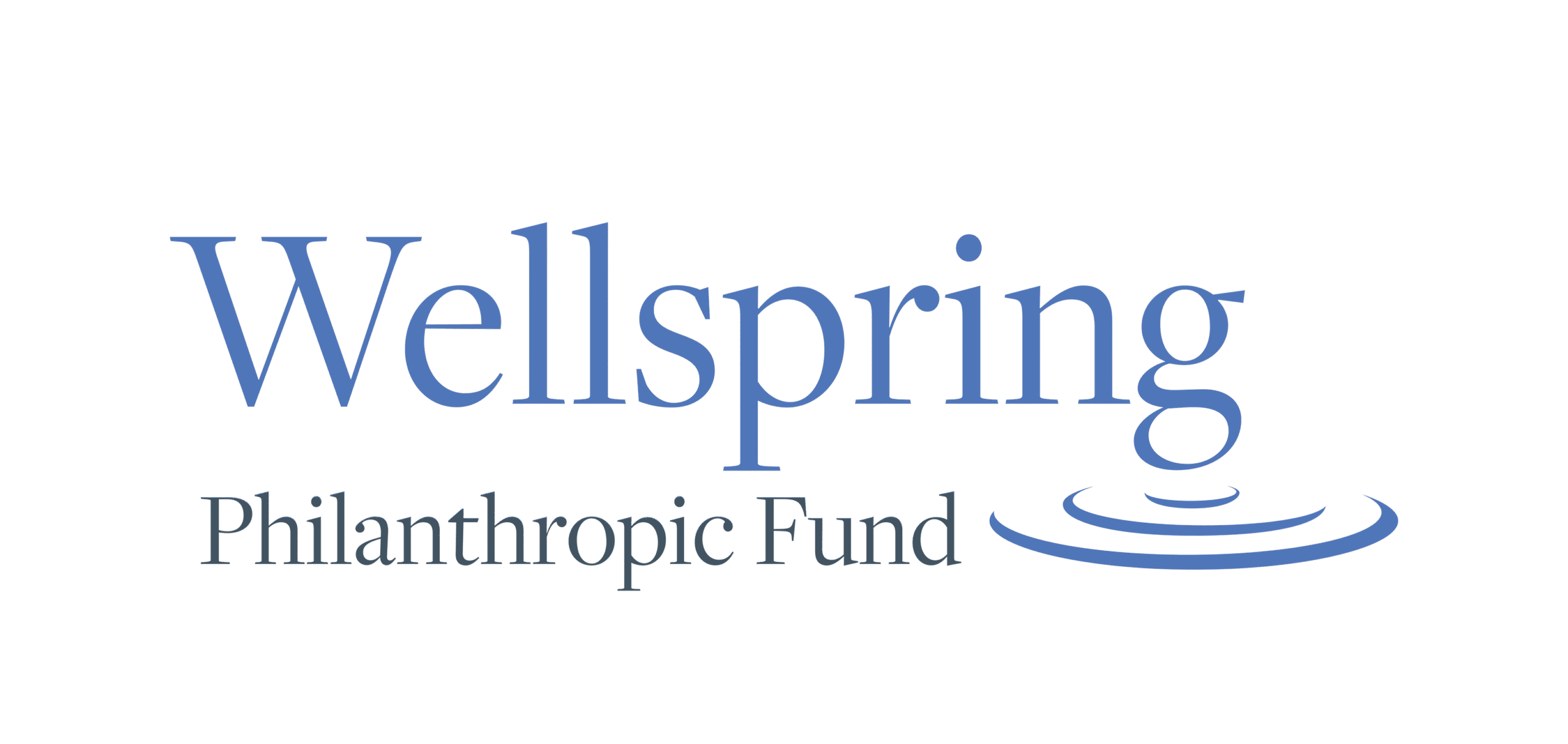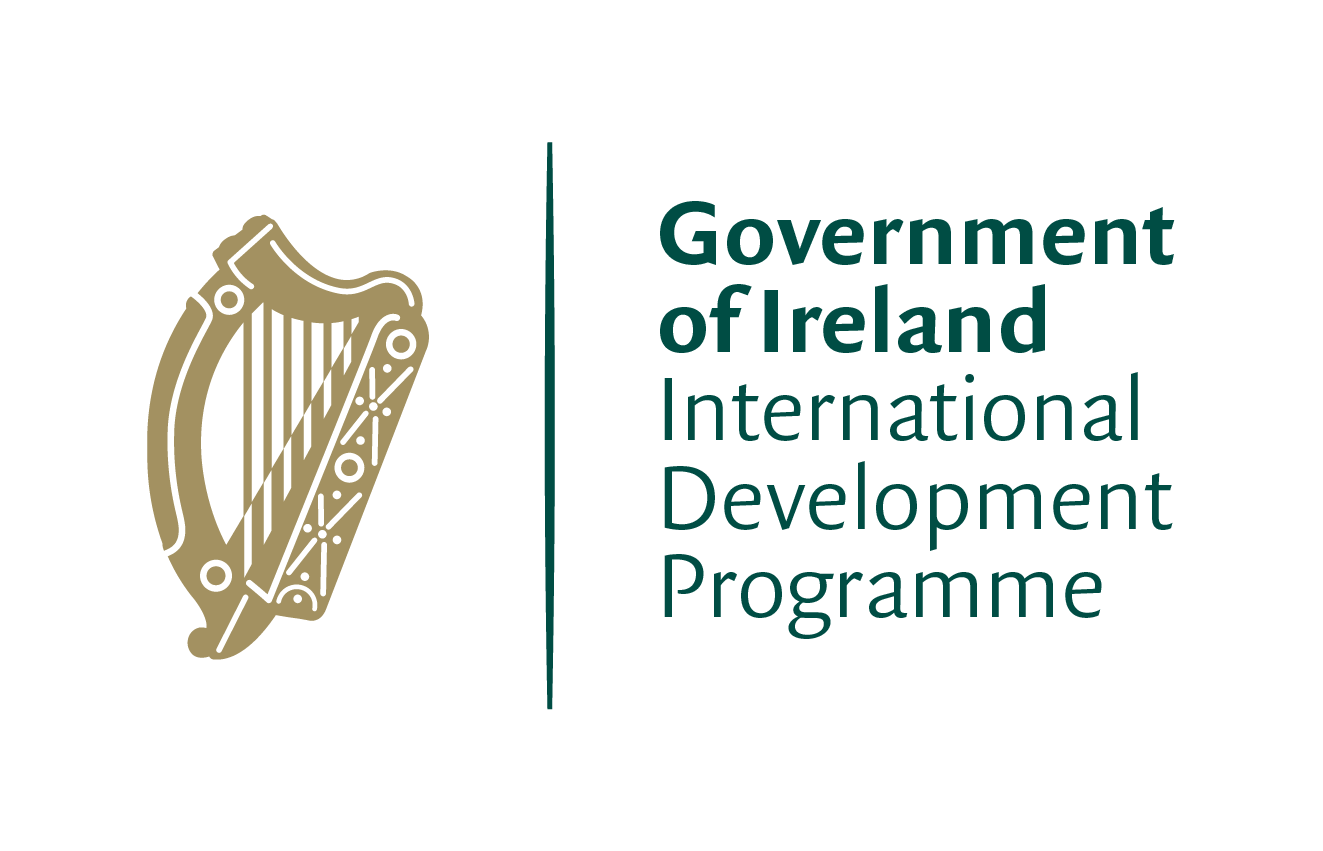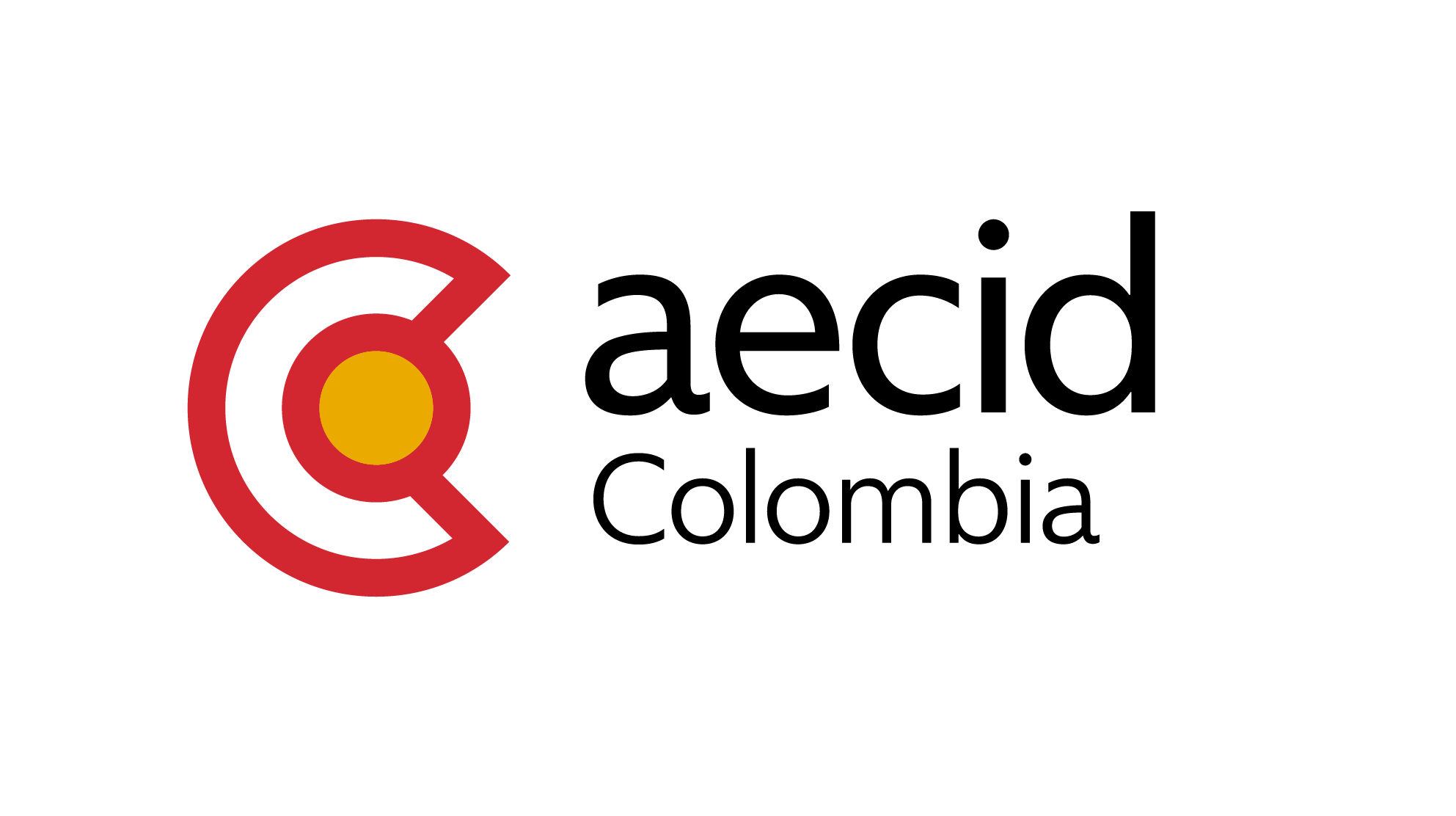In Colombia, the struggle for the recognition of the families of mum/mum and dad/dad has been a battle that has taken years. Proof of this was the difficult struggle in the high courts for the approval of egalitarian marriage or adoption since 2011. Issues that, of course, have been making headlines for years.
These efforts, which have largely taken place in spaces such as the Constitutional Court, have not yet been fully realised in real life, as there are hundreds of obstacles that same-sex couples face when trying to form a family. This is because having sentences and laws has not been enough: this battle for equality must take place in other spaces where work is done to eliminate prejudices and stereotypes.
"The important thing is that children grow up with a clear message: there are more types of families and they all deserve the same respect.
Author of the book
Despite the advance of new technologies and the belief that the new generations do not enjoy a good book, one of these fields of the "fight for equality" is literature, which continues to be a means of showing us the reality of experiences, places or feelings that are not so close to us or of which we are not aware.
A great example of this is the book "Clara, mami y mamá", written by the Spanish author María del Carmen González, who ventured to write a book that, without major pretensions, explains to children and adolescents the diversity of families and the different ways of loving.
This is why Colombia Diversa decided to contact María del Carmen to find out more about her book, what motivated her to write it and what her message of equality is for Colombian readers.
We know that very little literature exists on this subject in Colombia. Is the same true in Spain?
The truth is that there were books by foreign authors but translated into Spanish. But not by Spanish authors.
What motivated you to write this book?
It was proposed to me by the publisher The Street. They knew my trajectory as a writer, they said they liked the way I wrote and they wanted to open a children's line that dealt with this subject. That's where I knew that this subject was taboo in children's literature.
Talking about LGBT issues can sometimes be thorny, depending on the country. How is the LGBT rights landscape in Spain?
Much progress has been made here, but many prejudices remain. The truth is that there have been steps forward but the political landscape also shows that there are intentions to take steps backwards. We hope that these initiatives will be stopped in the next elections, because I trust that the majority of Spaniards are tolerant and respectful.
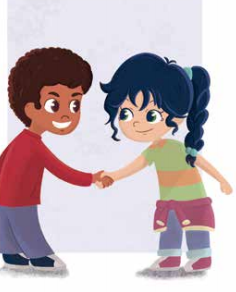 Given this context in your country, how has the book been received there?
Given this context in your country, how has the book been received there?
Well, everywhere I have gone, it has had an incredible acceptance. The children and teachers who have seen it have really liked it because there is nothing like it on the market. It serves as a tool to talk about family diversity. Basically, this is a first step to deal with a subject that few people talk about.
Speaking of the book as such, what is the central plot?
The story is about a girl called Clara, who enters the first year of primary school in a new school. Her mothers have a veterinary clinic, her mum is a vet and her mum is a dog groomer and they move to a neighbourhood nearer to them.
Clara is a very outgoing girl and when she starts interacting with other girls in her class, she starts talking about her "mummy" and "mommy". That's when the other girls, who don't know about diversity, start asking her how many mommies she has and she answers that she has two. The girls don't believe her and call her a "liar", to which Clara runs away because she feels hurt since for her having two mums is the most normal thing in the world.
And then what about Clara?
She meets a boy at school called Rafa, who happens to have two dads and has the same "problem" as her. So, with the ingenuity that characterises children, they come up with a plan: swap a dad with a mum to be like everyone else, because they want to be accepted. What they don't know is that this is going to cause them problems.
How do they realise this?
One day they are left discussing about which mum/dad they are going to exchange and this moment helps them to reflect on the love they feel for both of them, that both mums/dads bring something to them and they don't want to change this. This is where the main conflict of the play begins: on the one hand, they want to be accepted at their school, but on the other hand they don't want to change their parents. They are happy as they are.
How did you go about capturing this reality of diverse families? Was there research, do you have acquaintances or was it a creative process?
Not really, I come from a "traditional" family, mum and dad, and I don't have diverse family structures close to me either. However, this did not represent extra work for me because it is simply about empathising with a girl who has two mums, who is happy and who is rejected. All I did was to put myself in her shoes and make the reader feel what she feels. For her, her mums are as good and valid and great as they are for another child who has a mum and a dad.
Could we say that beyond family diversity, the story seeks to address family love?
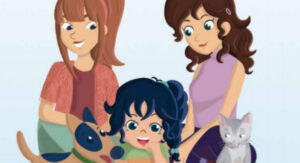
Yes, what I want people to think about is the family. It is not the members that make up the family that matter, but what each one brings to it.
What message would you send to a same-sex couple who want to start a family but do not do so for fear of discrimination and rejection?
Let them fight, life is one. They are not hurting anyone. They are hurting themselves when they don't live their life the way they want to live it. I tell them to go on with their lives, to fight because they are not weirdos.
In fact, one of the days I went to a school I wanted to send this very message about respect and I said to the children: "Do you know how many of the world's population is left-handed? Only 10%. Did you know that left-handed people were persecuted many years ago and considered sinister? You think I should be persecuted because I am left-handed? So why discriminate against people who are born with a certain orientation or identity? We all deserve respect.
And have you received any comments from same-sex couples?
Yes, in fact, in the last few weeks I have been at different events and lesbian mums have come up to me and told me that this is very important because there is nothing like it in literature. Also, this story becomes a way for other families to accept them as well.
Are there any plans to continue the story of Clara and her mums?
At the moment the publisher has told me to continue with the idea in mind of the naturalness of diverse families. They don't want it to focus specifically on whether they are a family with two mums or two dads, they want it to reflect Clara's adventures, her interaction with her friends and her mums. The important thing is that the children grow up with a clear message: there are more types of families and they all deserve the same respect.
If you would like to purchase this story, you can find it in this link .

